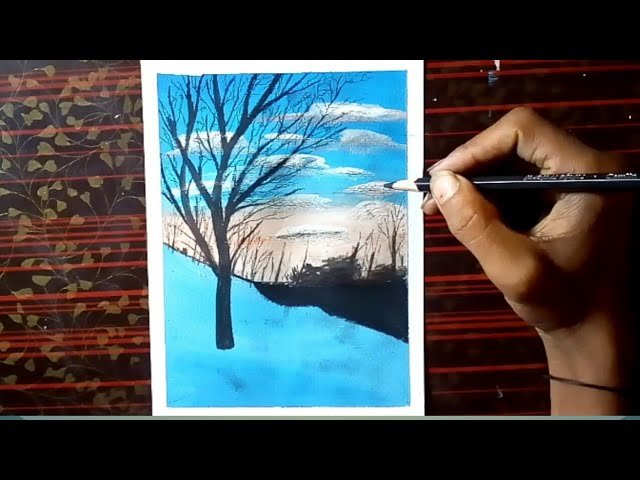Starting your painting journey can be exciting, but it can also feel overwhelming if you’re unsure where to begin. If you’re looking to improve your skills, it’s important to know the best painting techniques for beginners. With the right approach, you can create stunning artwork without stress. In this post, we will explore some simple techniques that will help you get started with confidence.
Understanding the Basics of Painting
1. Choose the Right Materials
Before learning the best painting techniques for beginners, it’s important to select the right materials. For beginners, it’s best to start with basic supplies such as watercolours, acrylic paints, or oil paints. You don’t need to invest in expensive brushes or canvases right away.
Simple Supplies
A basic set of brushes, a palette, and a small canvas or watercolour paper will be enough to get you started. As you practice, you can gradually upgrade your supplies.
2. Know the Different Painting Types
There are various painting types, and knowing which one you prefer will help you focus on the best painting techniques for beginners. The most common types are watercolors, acrylics, and oils. Each type has its own unique qualities and techniques.
Acrylic Paints
Acrylic paints dry quickly and are great for beginners. They are easy to use, and you can experiment with different techniques like blending and layering.

Top Painting Techniques for Beginners
1. The Wash Technique (Watercolor)
One of the best painting techniques for beginners in watercolor is the wash technique. This technique involves covering the entire paper with a thin layer of paint and water. It’s perfect for creating soft backgrounds or blending colors.
How to Use a Wash
To use this technique, simply wet the paper with clean water and then apply a light wash of paint. You can create soft transitions of color, making it ideal for skies, landscapes, and delicate subjects.
2. Dry Brushing (Acrylic and Oil)
Dry brushing is another great technique for beginners. This technique involves using a small amount of paint on a dry brush and applying it to the canvas. It works well for creating textured effects.
Adding Texture
Dry brushing can create interesting textures and highlights. This method is especially good for painting fur, wood, and other rough textures. It adds depth and dimension to your work.
3. Blending Colors (Acrylic and Oil)
Blending is one of the best painting techniques for beginners, especially when working with acrylics or oils. It involves mixing two or more colors together smoothly to create a seamless transition.
Smooth Transitions
To blend colors, start by applying one color to the canvas and then gently blend it into another color while the paint is still wet. This technique is great for portraits, landscapes, or any artwork that requires smooth, gradual changes in color.
Helpful Tips for Beginners
1. Experiment with Layers
As a beginner, don’t be afraid to experiment with layers of paint. Many professional artists use layering to build depth and create more vibrant colors.
Layering with Acrylics
For example, in acrylic painting, you can build up different layers by waiting for each layer to dry before applying the next. This technique is great for creating shadows, highlights, and intricate details.
2. Practice Simple Shapes
To get comfortable with your painting techniques, start by practicing simple shapes like circles, squares, and triangles. These basic shapes will help you understand how to control your brush and paint consistency.
Gradual Progression
Once you feel confident with shapes, you can move on to more complex subjects, such as landscapes or still life. Practice is key to mastering any technique.
3. Don’t Overwork Your Painting
A common mistake for beginners is overworking the painting. It’s easy to keep adding more paint and detail, but sometimes, less is more.
Know When to Stop
Take breaks and step back from your work often. This will help you see where to stop and give you fresh eyes to judge if the painting is complete.
Conclusion
Learning the best painting techniques for beginners doesn’t have to be difficult. By choosing the right materials, experimenting with different techniques, and practicing regularly, you can improve your skills over time. Remember that art is all about creativity and expression, so enjoy the process and don’t worry about perfection. With these tips, you’re on your way to creating beautiful paintings in no time!

